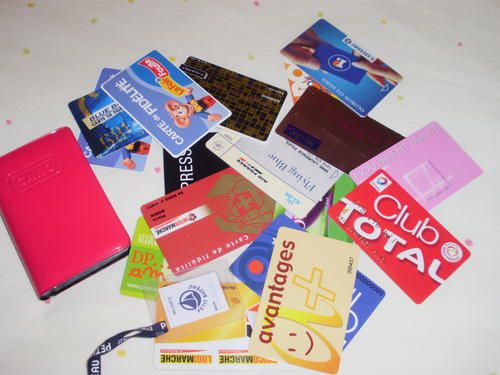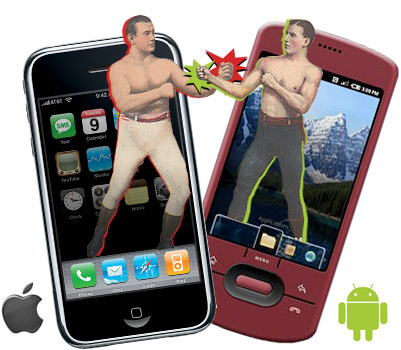
De plus en plus, les experts de la relation client et du CRM estiment qu’il est possible de concevoir un programme de fidélisation sans carte. Depuis la création des premiers programmes de fidélisation, notamment dans la distribution, la carte de fidélité était un must. Elle matérialisait la relation entre un consommateur et sa marque. De plus, l’objet avait une signification : il marquait l’ appartenance à une caste, celle des clients fidéles d’une marque valorisante.
C’est le cas de la carte Fnac. Les possesseurs de cette carte ont une haute estime de cette carte, car elle prouve une certaine culture.
Mais avec la dématérialisation des programmes de marketing direct et du CRM en général, il est de moins en moins évidents que la carte de fidélité reste un outil indispensable dans son CRM. En effet, la première limite du concept est le nombre de carte de fidélité que porte un consommateur sur lui. En effet, en moyenne il en porte 5 sur lui. Au début de ce phénomène de mode, cela n’était pas un problème car peu d’acteurs avaient de carte, donc la concurrence pour rentrer dans le porte feuille du client était faible. Mais aujourd’hui la majorité des grandes enseignes possèdent leurs propres cartes, ce qui rend donc difficile la capacité du client à posséder beaucoup de cartes sur lui.
De plus, le problème de la fréquence intervient. Une enseigne alimentaire a plus de chance de faire partie des cartes retenus car la fréquence d’achat est élevé. Par contre, pour une marque tel que la « Fnac » par exemple, on l’utilise peut être trois fois dans l’année, mais avec des achats importants, ce qui ne nécessite pas de l’avoir à tout moment sur soit (exemple illustratif). Ce que j’essaie de démontrer, c’est que pour certaines marques, faire 3 achats dans l’année, c’est synonyme de clients fidèles, tandis que pour d’autres, le consommateur se déplace une fois par semaine.
Les smartphones peuvent répondre à ce problème. Dernièrement, j’ai vu des applications très intéressantes tels que Cardstar aux Etats-Unis et Fidall en France. L'idée n'est donc plus d'avoir des cartes physiques, mais des comptes fidélités virtuelles qui se retrouvent dans une seule et même application, facilement utilisable et toujours sur soi car dans un portable. Mais ce n'est peut être pas la seule manière de dématérialiser cette fidélisation.
Ainsi, le LSA du 14 octobre 2010 parle du système de fidélisation de Franprix via une boîte noire. Ainsi 10 magasins sont déjà équipés d’une black box en caisse, et ils devraient être près de 250 à la fin de 2011. Les consommateurs passant en caisse donnent leurs numéros de téléphone à la caissière, qui les rentre et grâce à ce boîtier les clients sont immédiatement reconnus et accumulent ainsi à chaque passage en caisse des points transformables ensuite en bons de réduction.
J’aime beaucoup ce système car il me rappelle ce que j’avais vu aux Etats-Unis chez Safeway. En effet, il y a plus de chance que le consommateur se souvienne de son numéro de protable qu’il n’ait sur lui sa carte de fidélité.
De plus, ce système permettrait aussi à des fournisseurs, n'ayant pas de contacts directs avec le client, de monter eux aussi des programmes CRM sans passer par le distributeur.
Je pense que ce type de système va se développer de plus en plus. Et vous, qu’en pensez vous ?










